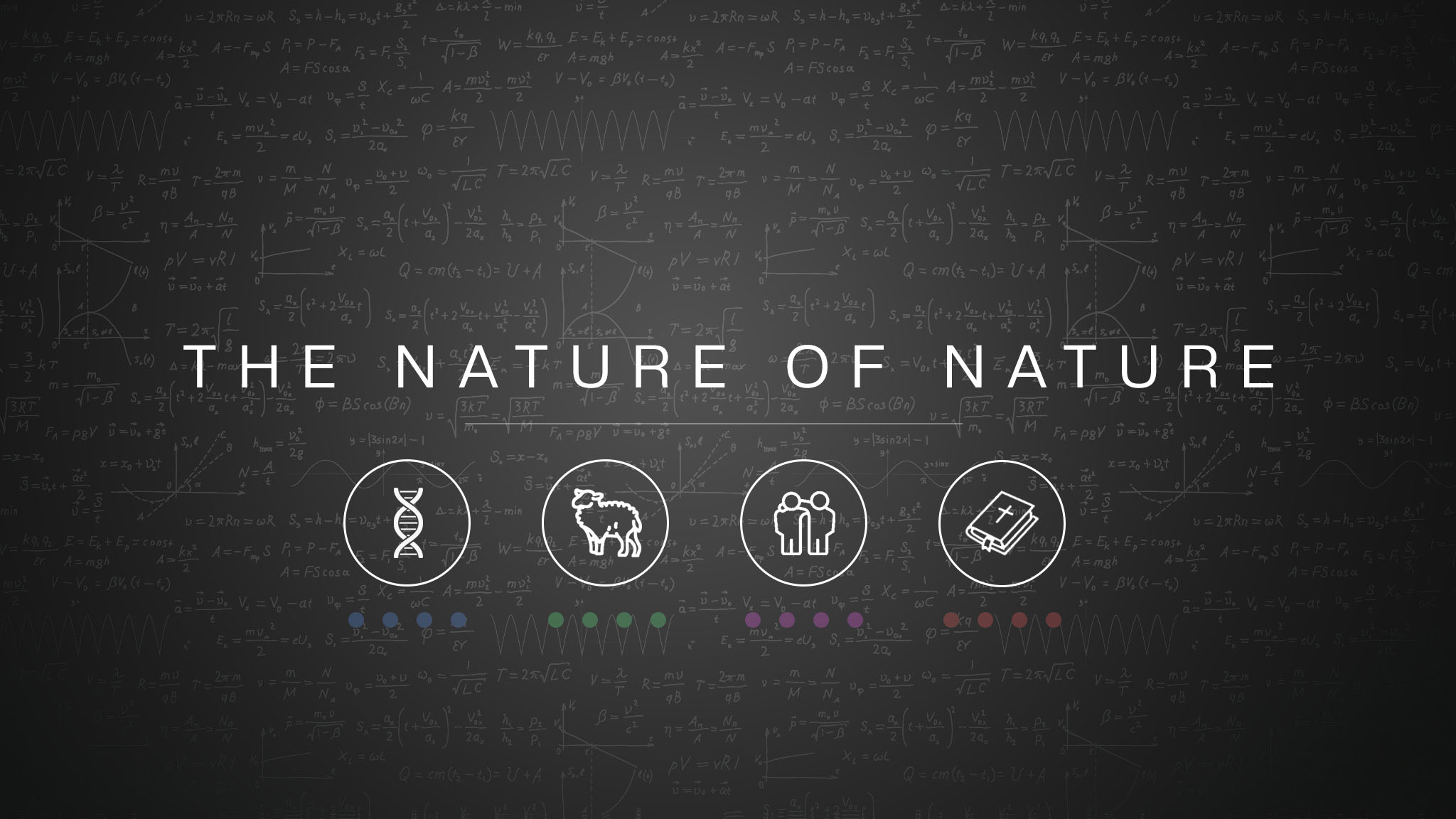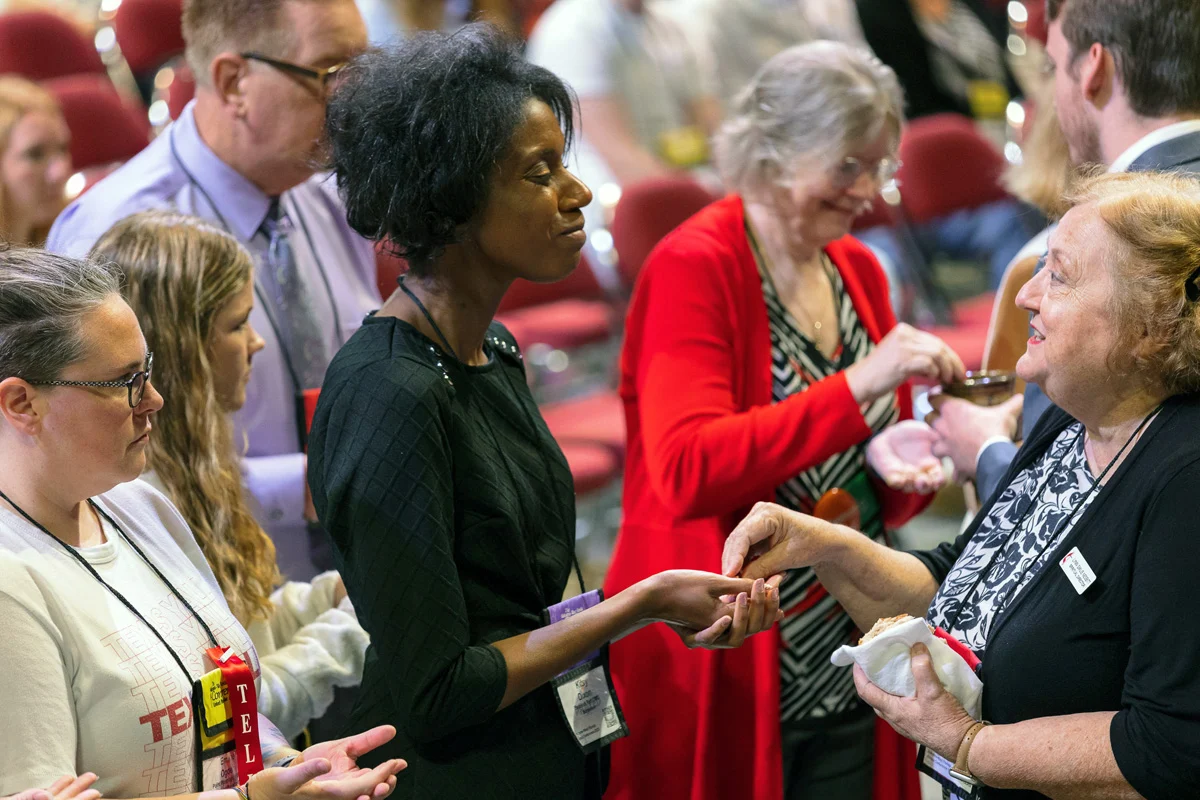Note: this is a four-part blog series that I hope can shed some light on God’s creation – animals, humans, and the societies we’ve lived in – and how we are perfectly designed as He intended.
If you’d like to check out the rest of the posts in the series, follow the links below:
Overview
Part 1: The Divine Blueprint
Part 2: Even in the Animal Kingdom
Part 3: (coming soon)
Part 4: (coming soon)
I’ve been working to understand a lot more about how God’s designs of nature might help us all have more informed conversations about the issues our denomination is facing today.
When I hear the opinions of those who want our church to split from the United Methodist Church, in most cases it’s because they feel that they cannot worship within a denomination that may at some point in the future allow LGBTQ+ ministers to be ordained and allow weddings between LGBTQ+ Christians.
There are a few other reasons that I’ve discussed before, but this is primarily the one that gets presented.
I’ve heard comments about “sinful lifestyles” and defenses about the Bible clearly stating what God feels about same-sex relationships. I have some other feelings about that one too.
We have leaders in government politicizing LGBTQ+ issues. The rights of people in the LGBTQ+ community are being reduced or taken away because of a movement of Christian conservatism that tries to tell them that they’re sinful simply because of who they are.
And in 1972 in Atlanta at the General Conference of the United Methodist Church, our denomination hastily added harmful language to the Book of Discipline that has done more to make sure we exclude people from full inclusion in the life of our church rather than to include them.
All of these acts are based on a fundamental stance: God designed creation only one way, and members of the LGBTQ+ community are “behaving” counter to that design.
But science and history provide insight into a different story about what has been considered “normal” as part of God’s creation over the millennia.
Trying to Understand the ‘Why’
When I started thinking about the outcry against LGBTQ+ issues, I really wanted to understand the “why” of it all.
I realized that I had a lot of “whys”.
Why is there so much discomfort with the LGBTQ+ community among some Christians?
Why do some Christians feel that it’s simply a “choice of lifestyle” rather than something that is defined in the womb?
Why might people consider loving someone of your own gender a “sin”? What does the Bible say about it, and, attempting to be a good Wesley follower that asks questions, I asked “…and why would someone see it a sin in the Biblical texts?”
And what has science revealed to us about why some people are in same-sex relationships and others are not? What do we know about how people end up in same-sex relationships?
God made all of this (this is where you imagine me gesturing with my hands to everything around me).
God made animals and humans too. So, are same-sex behaviors and gender issues only found in humans? Or could it also be found in animals? And if we see that that’s the case, then what does that say about the way God designed all of his creation?
And this idea of same-sex relationships being so sinful — what have societies historically thought about that? What if non-Christian humans have embraced it for centuries?
Finally…. let’s put all of this together with our Christianity and United Methodism. How does this play into what we find in the Biblical texts? How does it interact with the nature of Jesus and how He wants us to live? And what about our United Methodism foundational statement of “doing no harm” to others?
And So We’ll Explore
Over the next four blog posts, I want to share some information about the science of God’s nature and how societies have traditionally treated same-sex or gender-fluid people and tell the story of how that seems to have changed with Christianity.
We’ll explore the animal kingdom and what we find there with same-sex behaviors.
We’ll see how societies around the world have treated people who identified as the opposite sex.
And we’ll take an introspective look at Christianity and our calling of how we should treat our LGBTQ+ siblings.
Maybe nature is just acting “naturally” and yet people are trying to convince some of God’s children that they’re not.
My hope is that by understanding more about God’s beautiful creation that has existed for millions of years, we can learn to embrace the very design He’s blessed us with.
I look forward to having you along.






